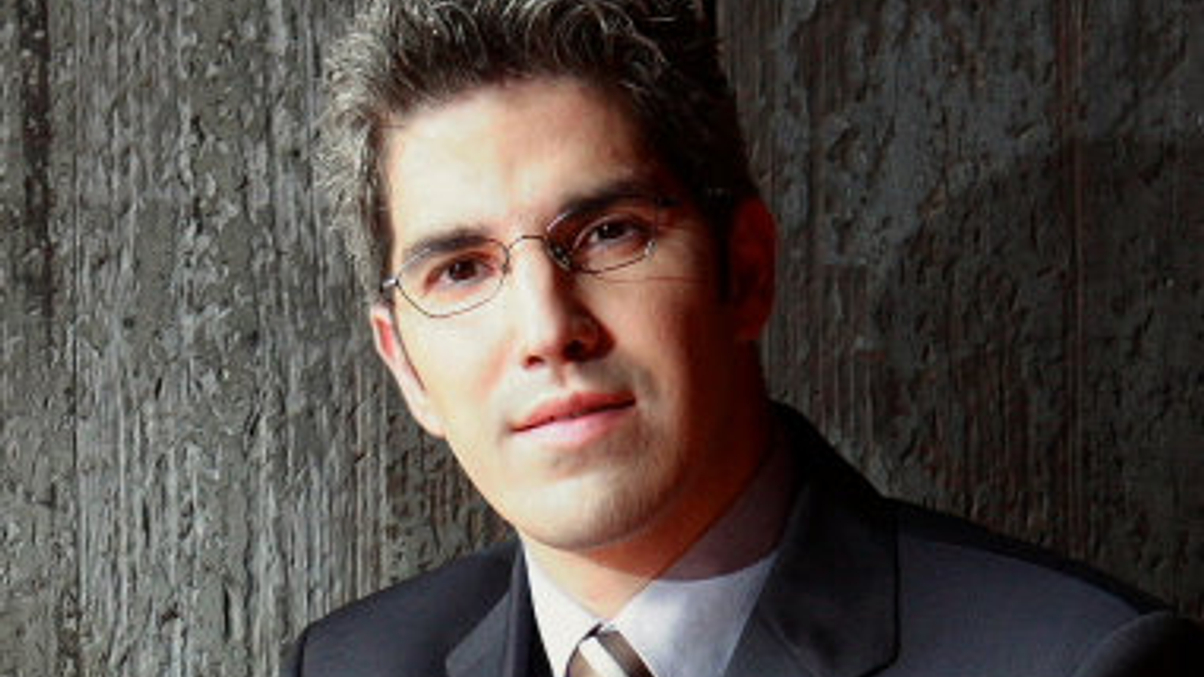Small- and mid-cap trading flourishing in dark pools
Alternative trading venues are living up to their billing as good execution venues for less liquid stocks, according to figures from several platform providers.

Alternative trading systems (ATSs) – particularly non-displayed venues or 'dark pools' – promote themselves as useful platforms for executing less liquid stocks. Figures from Credit Suisse and other brokers show that clients seem to concur with this view.
Sign in to read on!
Registered users get 2 free articles in 30 days.
Subscribers have full unlimited access to AsianInvestor
Not signed up? New users get 2 free articles per month, plus a 7-day unlimited free trial.
¬ Haymarket Media Limited. All rights reserved.


